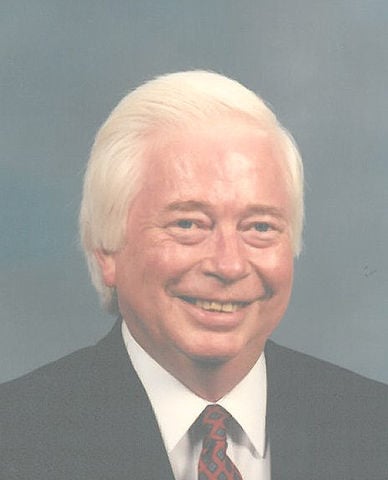

His parents are also pictured as two different shades of black, which is a nice feature of the artist to include. The pictures of John Henry as a young baby, he looks like a bright eyed young African American child with tight ringlet hair and bright eyes. Pinkney’s illustrations are helpful to the reader to visualize the action. John Henry’s ability to care for others is seen as his biggest asset in the story. He makes compromises with others to end arguments and keep the peace. Besides John Henry’s physical attributes, his hard work and ability to get along with others are highlighted in the book. John Henry’s physical attributes are described as being strong and growing and being able to physically compete against modern machines. The dialect is done in a positive and upbeat manner and not demeaning to the culture in any way. “I need light to do ‘em by” and “it scurried from behind the moon’s skirts” are two examples of regional dialect. Lester also uses an appropriate amount of country dialect so readers realize the setting. Students will enjoy imagery like, “the boulder shivered like you do on a cold winter morning” and “the air seemed to be dancing to the rhythm of his hammers.”

The use of descriptive writing is nicely done.

John Henry’s story is full of folktale fantasy, like animals that visit and care for humans and a sun and moon that cheer and cry. Lester’s version of the famous African American folktale is well crafted. CRITICAL ANALYSIS (INCLUDLING CULTURAL MARKERS) John Henry is a larger-than-life man who uses a sledge hammer to drill through a mountain to lay railroad tracks.Ĭ. The story of John Henry, a legendary folk hero, is retold by Mr.


 0 kommentar(er)
0 kommentar(er)
